Efforts lead by the France-Greece 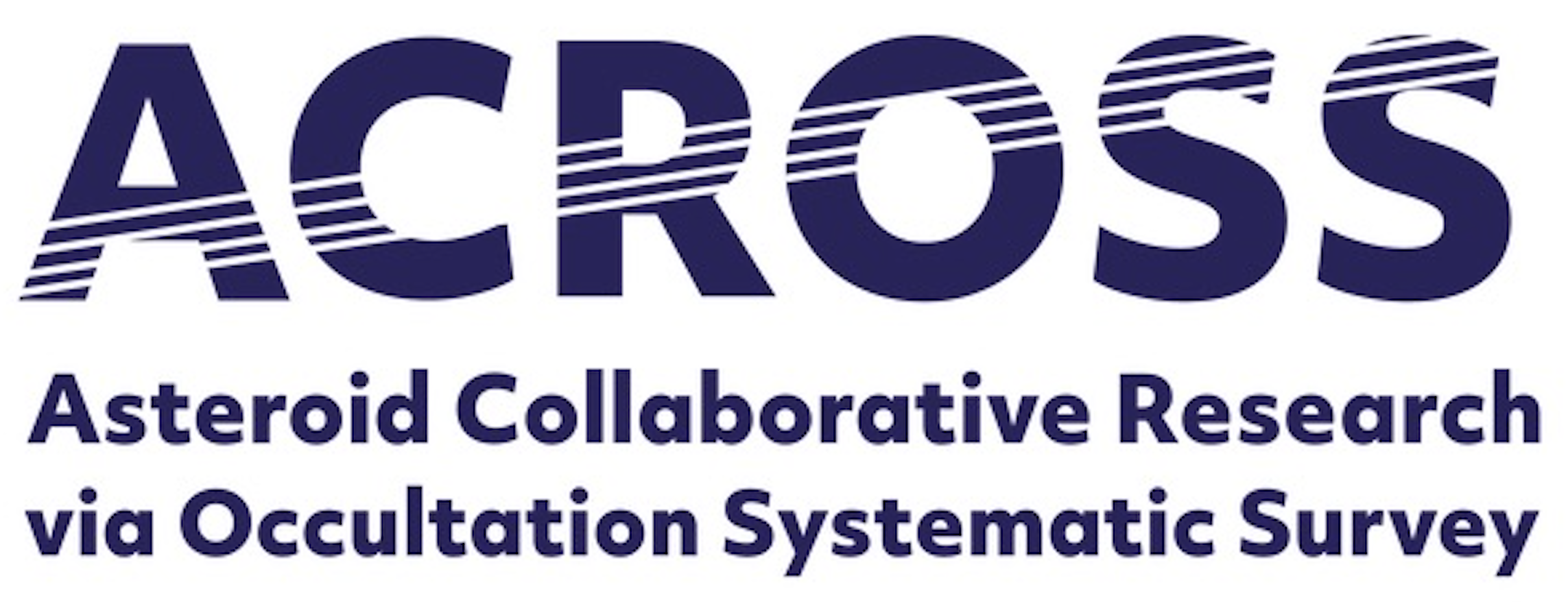 collaboration to support the Hera (
collaboration to support the Hera (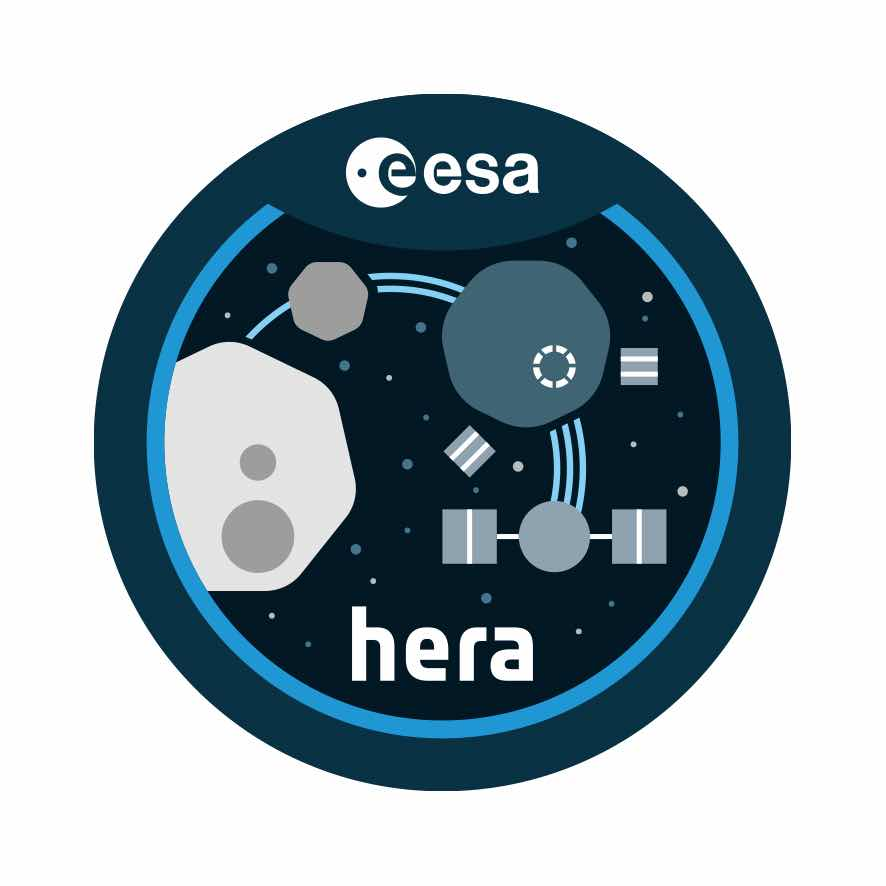 ) (ESA) mission
) (ESA) mission
Call for observers/ Collaborators
Check out the events of Didymos on 2024-05-05, 2024-05-31, 2024-06-05, 2024-07-12 , 2024-08-10 , 2024-08-13 2024-08-26 and complete the participation form
This is a call for observers mainly addressed to the membership of the Astronomical Society of Australia. The best of 2024 Didymos occultation events will be observable from the Southern hemisphere, mainly across Australia, hence this call for observers across the country.
Each observer, each institution is considered as a collaborator and is therefore a co-author to the scientific paper (unless they object to it).
In return, we ask that you communicate your results to us and not post them on social media (in order to preserve the integrity of the science).
While these observations might seem challenging at first glance, the feasibility of the observation is guaranteed as we recorded in collaboration with our partners (IOTA, IOTA-ES, and JOIN), 20 successful occultations between Oct. 2022 and March 2023 (papers in preparation).
As we are in a period that favours observations of Didymos occultations, we can expect to receive new data that will improve our knowledge of Didymos. Τherefore as we get closer to the events we recommend you check our ACROSS website and Occult Watcher Cloud (OWC, ACROSS -feed) for most recent updates.
Our partners (across the globe)
- IOTA: International Occultation Timing Association
- IOTA-ES: International Occultation Timing Association - European Section
- JOIN: Japan Occultation Information Network (now part of IOTA-East Asia)
- TTOA: Trans-Tasman Occultation Alliance (which is much smaller in membership and includes observers
from Australia and New Zealand).
- the Unistellar network.
Background
The HERA mission, set for launch in October 2024, is part of the AIDA planetary defense program and will explore the Didymos-Dimorphos asteroid system, studying the impact caused by NASA's DART kinetic impactor. ACROSS aims to improve astrometry and measure the size of the Didymos-Dimorphos system, aiding the Hera mission in determining the system's orbit and momentum transfer from the DART impact. Stellar occultations, when a star is briefly obscured by a passing object, provide valuable data on the object's size, shape, and astrometry. ACROSS leverages Gaia's stellar catalog to predict occultations by small NEAs, supporting missions like DART and HERA. However, occultations by NEAs pose challenges due to their small size, short duration, fast movement, and sensitivity to Earth's topography, requiring careful coordination of observers.
This article summarises the best Didymos 2024 events observable from Australia, updates on each event will be posted as on our ACROSS website and on the Occult Watcher Cloud (OWC, ACROSS-feed), as we get closer to the events and improve the accuracy of the prediction.
The Very Best Events
Events in this category, for which we could have a possible occultation by both components, will also be highlighted on OWC, as we approach the event’s date and links to interactive sky charts will also be given.
Table1 : The four very best events.the table gives basic information about the events: epoch, the star’s G magnitudes, the maximum expected duration and expected mag. drop, the geographic regions crossed, a hyperlink to the FoV centred around the occulted star and finally a .kmz file with the amp of the predicted path including topographic corrections. The label used in the sky chart column for a given event is the same as on the map (Fig. 1)
| Epoch (UT) | Star’s G mag | Max. duration | max. drop | geografic region | sky chart | Map, topografic corrections |
| 2024-05-31 T15:22 | 11.8 | 0.21s | 6.43 | QLD, NT, SA, WA | (a) | (a) |
| 2024-08-10 T09:37 | 11 | 0.40s | 5.87 | NSW, VIC, SA | (b) | (b) |
| 2024-08-13 T13:02 | 6.7 | 0.74s | 9.47 | QLD, SA, WA | (c) | (c) |
| 2024-08-26 T13:38 | 11.4 | 0.29s | 6.03 | NSW, VIC, SA | (d) | (d) |
Figure 1: Map showing the projected path for the best observable events given in Table 1.
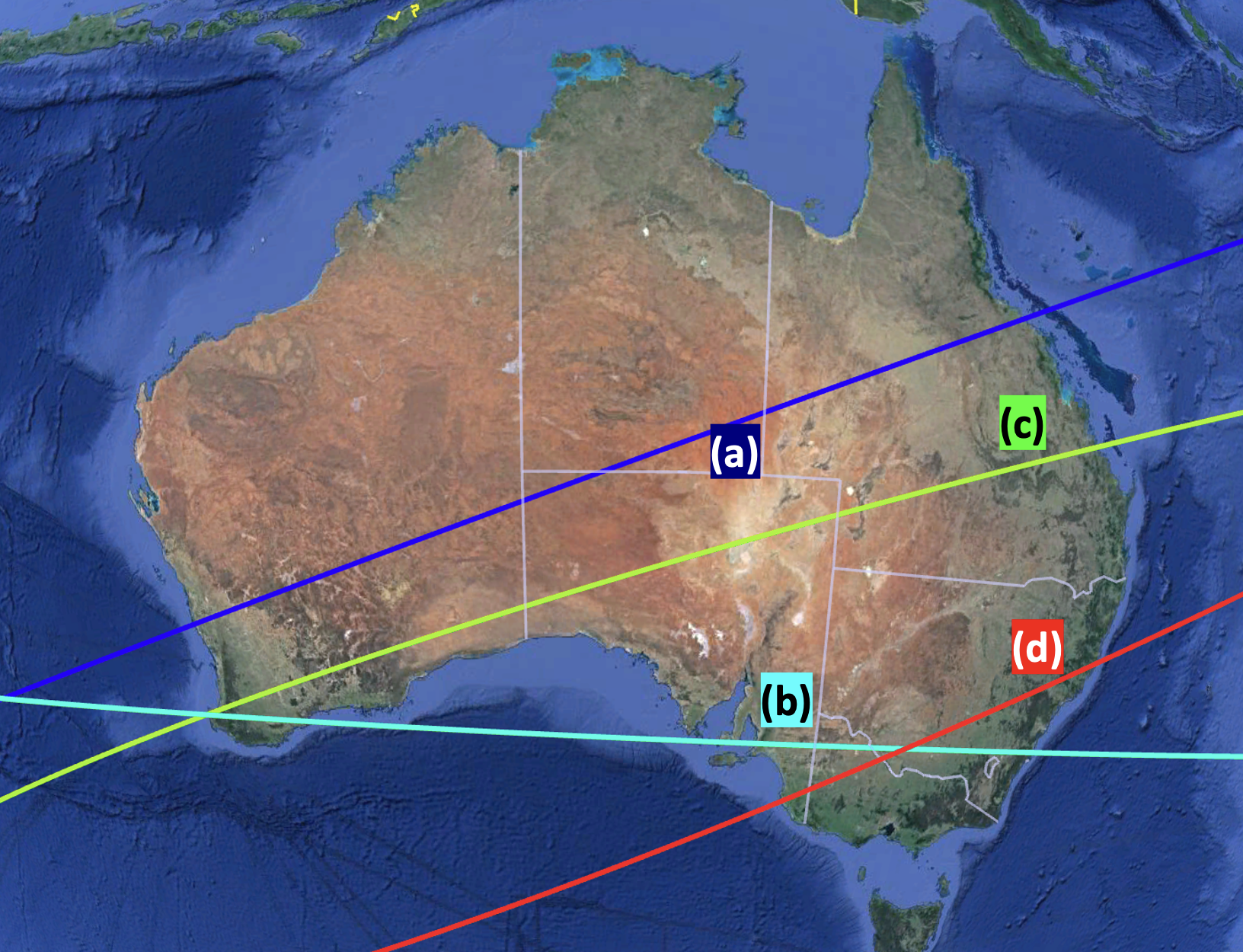
Events for the Most Experienced Observers and for Practice
Table2 : Events for the most experienced observers and/or for good practice: epoch, the star’s G magnitudes, the maximum expected duration and expected mag. drop, the geographic regions crossed, a hyperlink to the FoV centred around the occulted star and finally a .kmz file with the amp of the predicted path including topographic corrections. The label used in the sky chart column for a given event is the same as on the map (Fig. 2)
| Epoch (UT) | Star’s G mag | Max. duration | max. drop | geografic region | sky chart | Map, topografic corrections |
| 2024-05-05 T15:25 | 10.9 | 0.17s | 8.62 | (VIC, SA, WA), & (NZ) | (e) | (e) |
| 2024-06-05 T16:26 | 12 | 0.16s | 6.35 | QLD, SA | (f) | (f) |
Figure 2: Map showing the projected path for the best observable events given in Table 2.
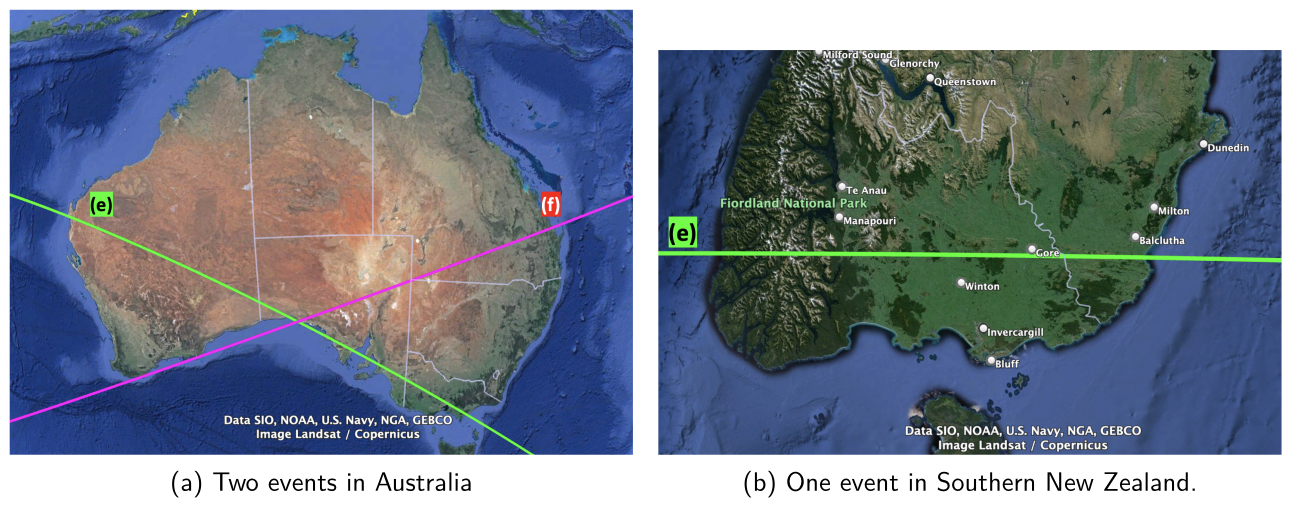
Events for those looking for challenges
Table3 :Much more challenging event:
| Epoch (UT) | Star’s G mag | Max. duration | max. drop | geografic region | sky chart | Map, topografic corrections |
| 2024-07-12 | 10.4 | 0.09s | 7.47 | QLD, NT, WA | (g) | (g) |
Figure 3: Map showing the projected path for the best observable events given in Table 3.
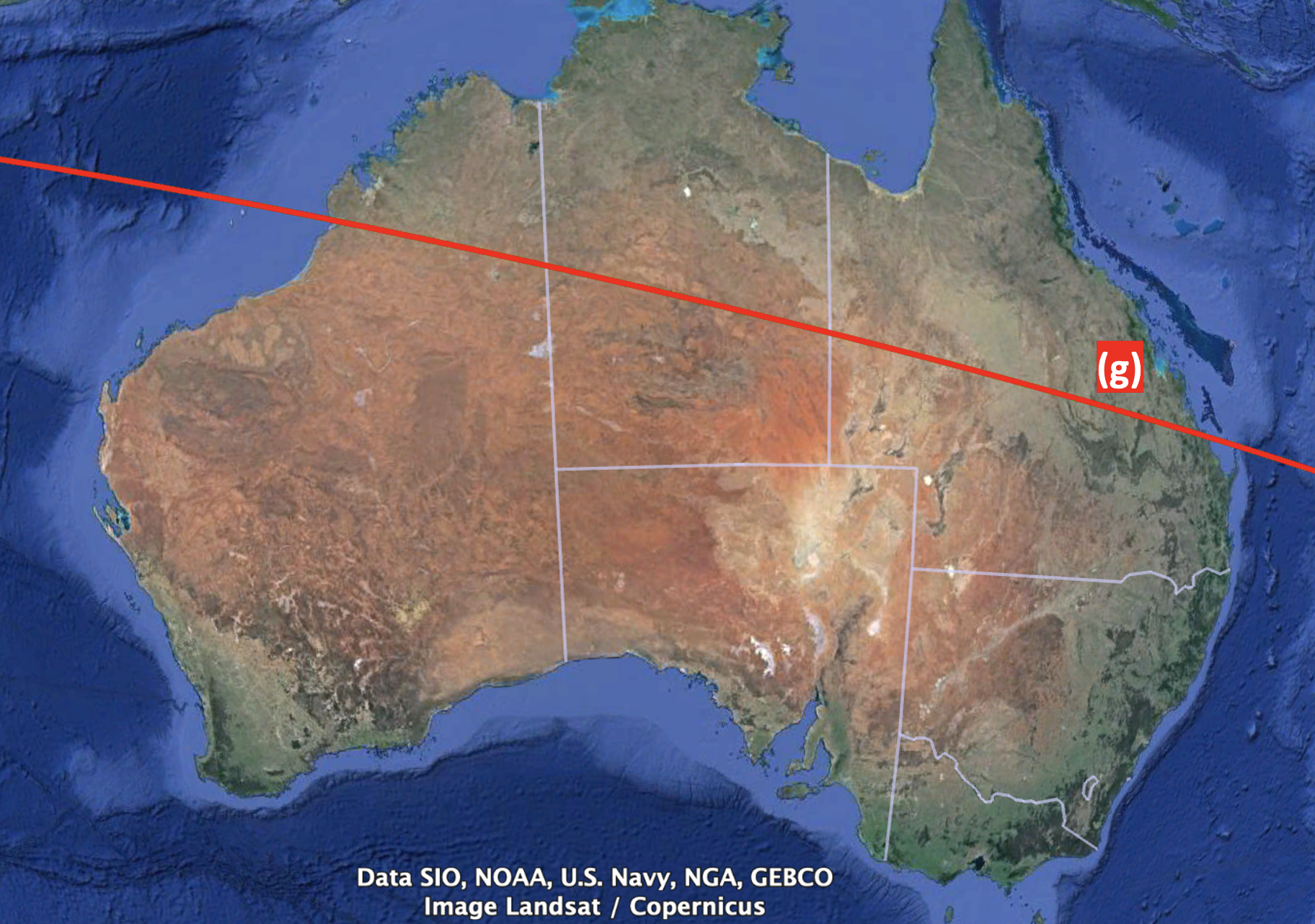
Gear Requirements
You will need mobile telescopes, if you are off the path by 500m, and you are not mobile ...
• Timing requirements: GPS timing accuracy is by-far the most reliable, as the timing uncertainty cannot be larger than (or equivalent the exposure) time.
→ The 1a solution: use of cameras with integrated GPS antennas is by far the best option.
→ The 1b solution: time-boxes if you can (external GPS antenna, practice, practice, practice),
→ The second best is NTP synchronisation of your computer clock,
→ an alternative solution to be explored depending in your equipment is the use of a chronoflash.
• Telescope’s aperture: for the brightest events, small aperture scopes can be used (here again
depending on your instrumental setup).
• Frame acquisition rate: depending on the event, we would suggest at least 33Hz, however tests
must be made
Other recommendations
Practice on the field, practice on the field, practice on the field ...
→ Identify the FoV: while the field of view seems dense, exposing a couple of seconds will be enough (depending on your instrumental setup) for you to confirm that you are on the field.
→ Test your equipment and understand its limitations on sky
→ Charge your batteries, and do not let your laptop and other devices run for hours before the event
→ Do not get too comfortable in your practice, always expect a challenge (just like in Tennis, where you would play every single serve as if it were the last one).
→ Test your equipment to find the most optimal exposure time, an SNR of ∼5 on the occulted star is enough.
→ if you are seeing ”sharply” the star (especially for the very bright ones), then you are definitely ”over-exposing”
→ Test your own equipment, only you can determine the most optimal setting for your telescope, camera ...
→ Identify the USB-3 port on your laptop, and always use it to plug the camera. Here again, only tests will reveal to you possible buffering issues that will result in the loss of frames.
→ Do not use any optical filter.
The campaigns
Coordination and deployment for the campaigns
• When it comes to occultations by very small objects, coordinating the deployment on the ground is very important. Indeed depending on the number of registered observers per event, we will assigne observingchords to observing (accounting for the local topographical constraints). The goal is to ensure the most optimal coverage and to have nearly equidistant ”chords” in the plane of the sky. This work is done within a few days of the events, once we have locked the last orbital solution, and once we know the number of observers on the ground.
In order to get organised and better coordinate the events, we ask observers to complete the following
online form, so that we can contact you as we are approaching the event.
Collecting the data
• The data (original recordings) and observational reports must be sent within a week (at most from the
event), so that we can update predictions for the future events.
To collect the data efficiently, and to keep records of everyone’s contribution, we urge each observer to
submit their data and complete the report on our Occultation Portal.




